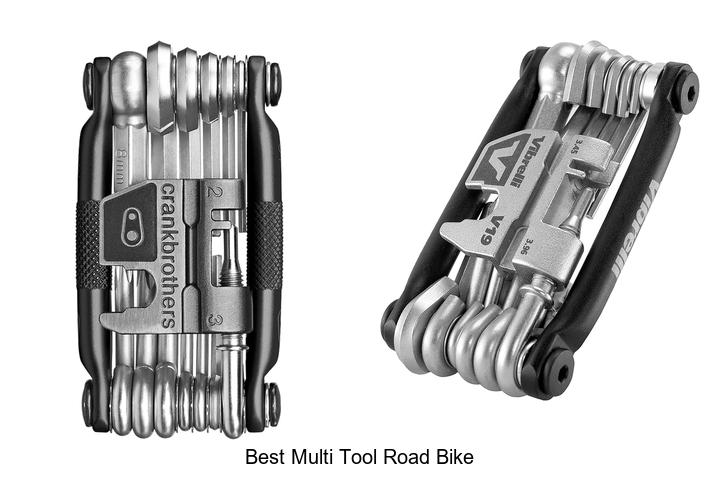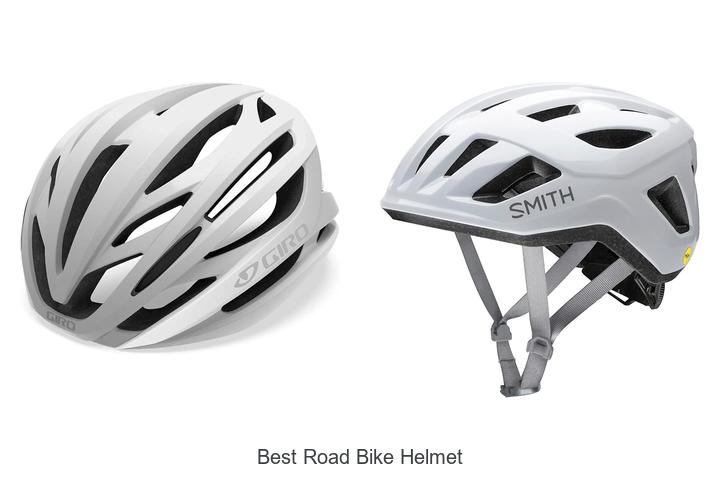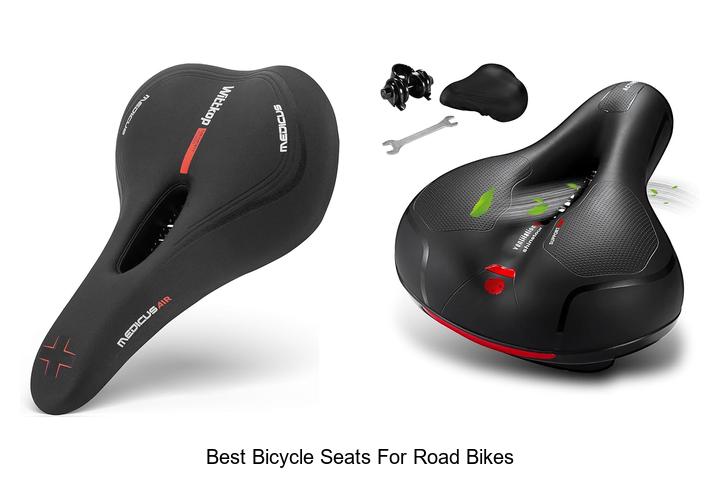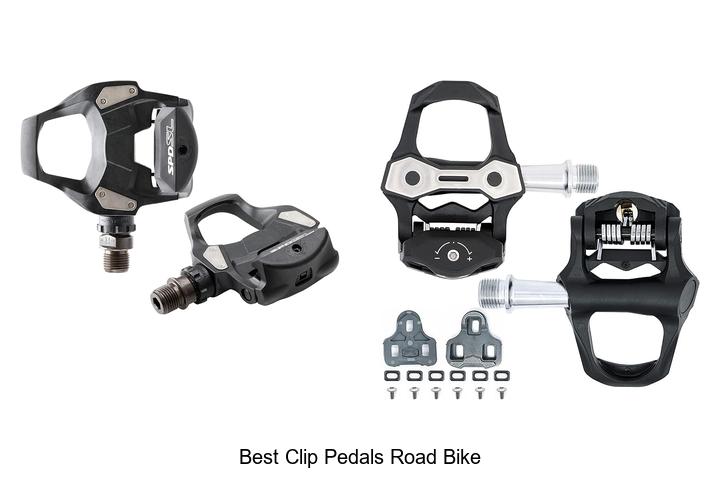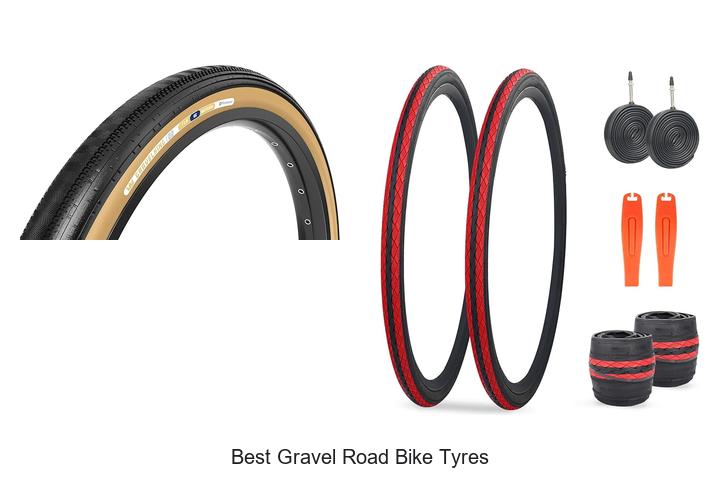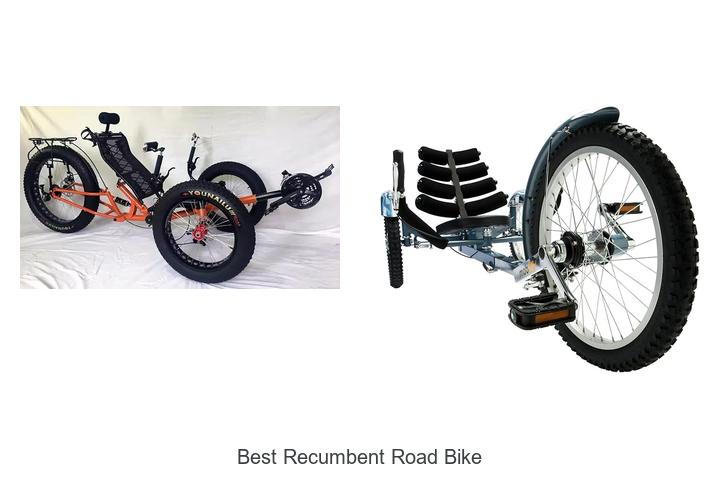How Fast Can a Road Bike Go? Top Speeds & Tips Revealed
If you’ve ever wondered how fast a road bike can go you’re not alone. Road biking is all about speed and efficiency making it a favorite for fitness enthusiasts and competitive cyclists alike. But just how fast can these sleek machines really get?
Your bike’s speed depends on several factors like your fitness level terrain and the bike’s design. Whether you’re cruising on flat roads or tackling steep hills understanding what influences your speed can help you ride smarter and faster. Let’s dive into what determines a road bike’s top speed and how you can push your limits on two wheels.
Factors Affecting How Fast a Road Bike Can Go
Several factors affect the speed your road bike reaches. Understanding these helps maximize your performance on different rides.
Rider Fitness and Skill Level
Your power output depends on your fitness and cycling skills. Stronger leg muscles and high cardiovascular endurance increase sustained speed. Efficient pedaling techniques and proper gear shifting reduce energy loss, letting you maintain faster paces longer.
Bike Design and Materials
Your bike’s frame geometry and weight impact speed. Lightweight carbon fiber frames and aerodynamic shapes minimize drag and enhance acceleration. Quality components like smooth bearings and aerodynamic wheels reduce rolling resistance, allowing higher speeds with less effort.
Terrain and Road Conditions
Flat, smooth pavement supports faster riding, while hills, rough surfaces, and gravel slow you down. Climbing steep gradients requires more energy, lowering average speed. Descents boost speed but demand control and caution due to increased risk.
Weather Impact
Wind direction and strength influence your speed substantially. Tailwinds increase effective speed; headwinds require more power to maintain pace. Rain and wet roads reduce traction and force caution, while temperature extremes affect your physical output and hydration needs.
Typical Speed Ranges for Road Bikes
Road bike speeds vary widely based on rider experience, fitness, and conditions. Understanding typical speed ranges helps set realistic expectations for different cycling levels.
Average Speeds for Casual Riders
Casual riders maintain speeds between 12 to 16 mph on flat terrain. Expect slower paces near 8 to 10 mph on hilly or mixed routes. These speeds balance comfort and endurance for non-competitive outings.
Speeds for Competitive Cyclists
Competitive cyclists sustain speeds from 18 to 25 mph during training or races. Sprint intervals can reach peak speeds exceeding 30 mph. Maintaining these faster paces requires high fitness and optimized bike setup.
Speed Records on Road Bikes
Professional cyclists set speed records beyond 40 mph on flat courses aided by aerodynamic positioning and ideal conditions. The record for the fastest speed on a road bike exceeds 80 mph during a controlled downhill descent, achieved by skilled riders using specialized equipment.
Techniques to Increase Road Bike Speed
Maximizing your road bike speed requires applying specific techniques that enhance efficiency and reduce resistance. Improving posture, pedaling, and gear choice directly impacts your performance on the road.
Proper Riding Posture
Maintain a low and streamlined position to reduce wind resistance. Position your elbows inward and keep your back flat and parallel to the ground. Lower your torso close to the handlebars without compromising comfort. Align your head with your spine, looking forward, to minimize drag. Adjust saddle height so your legs extend fully during each pedal stroke. A well-fitted bike frame supports optimal posture and power transfer.
Efficient Pedaling Techniques
Use a smooth circular pedaling motion instead of a stomping action. Apply consistent pressure through the entire 360-degree rotation, pulling up as well as pushing down. Focus on engaging your glutes, hamstrings, and calves to distribute the workload evenly. Maintain a cadence of 80 to 100 revolutions per minute (rpm) to balance speed and endurance. Shift gears proactively to keep pedaling resistance steady during varying terrain.
Aerodynamics and Gear Optimization
Optimize your gear setup for a balanced ratio that allows high cadence with sufficient power. Use aerodynamic equipment, such as teardrop-shaped helmets, tight-fitting clothing, and aero wheels, to minimize drag. Keep components and frame clean to reduce surface friction. Lower tire pressure slightly to decrease rolling resistance while avoiding pinch flats. Position water bottles and accessories inside the frame triangle to maintain a sleek profile.
Safety Considerations When Riding at High Speeds
Riding a road bike at high speeds demands heightened attention to safety. Taking proper precautions reduces risks and protects your performance on the road.
Protective Gear
Wearing a certified helmet remains the most critical safety measure to protect your head during falls or collisions. Pairing the helmet with impact-resistant gloves and padded cycling shorts absorbs shocks and prevents abrasions in crashes. Using high-visibility clothing enhances your presence in traffic, especially under low-light conditions. Equipping your bike with front and rear lights further increases visibility. Consider investing in protective eyewear to shield your eyes from debris and wind, which can impair vision at higher speeds.
Handling and Control
Maintaining precise handling becomes vital as speed increases. Keep a firm grip on handlebars to absorb vibrations and react swiftly to obstacles. Practice smooth steering inputs and anticipate road irregularities such as potholes or debris to avoid sudden corrections that cause instability. Adjust your body position to lower your center of gravity, which enhances balance and control. Always monitor tire pressure to ensure optimal grip and rolling resistance; underinflated tires degrade handling, while overinflated ones reduce traction. Finally, develop confidence braking techniques, using progressive application of both front and rear brakes to prevent skidding and maintain stability when decelerating at high speeds.
Conclusion
Your road bike’s speed depends on a mix of factors you can control and those you can’t. By focusing on your fitness, optimizing your bike setup, and honing your riding techniques, you can push your limits and enjoy faster rides. Remember, speed is exciting but staying safe should always be your top priority.
Keep experimenting with what works best for you, and you’ll see improvements that make every ride more rewarding. Whether you’re chasing personal records or just enjoying the thrill of the ride, understanding how speed works gives you the edge to perform at your best.
Frequently Asked Questions
What factors influence the speed of a road bike?
The speed of a road bike is influenced by rider fitness, bike design, terrain, road conditions, and weather. Strong muscles and endurance help sustain speed, while lightweight, aerodynamic bike components reduce drag. Flat terrain and favorable wind conditions also enable faster riding.
What is the typical speed range for casual and competitive road cyclists?
Casual road cyclists typically ride between 12 to 16 mph on flat terrain. Competitive cyclists maintain speeds from 18 to 25 mph, with sprint speeds exceeding 30 mph. Professional cyclists can reach speeds beyond 40 mph on flat routes.
How can I improve my road bike speed?
Improve speed by enhancing fitness, maintaining a low and streamlined posture, using smooth pedaling techniques with a cadence of 80-100 rpm, optimizing gear selection, and using aerodynamic equipment. Keeping your bike clean also helps reduce drag.
What role does terrain play in road bike speed?
Terrain greatly impacts speed: flat surfaces allow for faster cycling, while hills and rough terrain slow you down. Downhill sections can increase speeds significantly due to gravity assisting the ride.
How does weather affect road biking speed?
Wind direction and strength influence speed; tailwinds help you go faster, while headwinds require more effort and reduce speed. Rain and wet roads can also slow you due to reduced traction and safety concerns.
What safety gear is recommended for high-speed road biking?
Wear a certified helmet, impact-resistant gloves, and high-visibility clothing. These protect you in case of falls and ensure you are visible to others, especially at high speeds.
How can I maintain control while riding at high speeds?
Maintain a firm grip on handlebars, use smooth steering inputs, and adopt a stable body position to ensure balance. Proper braking and tire pressure adjustments also contribute to safe handling when moving fast.
What is the fastest recorded speed on a road bike?
The fastest recorded speed on a road bike exceeds 80 mph, achieved during controlled downhill descents by professional cyclists under specific conditions.
